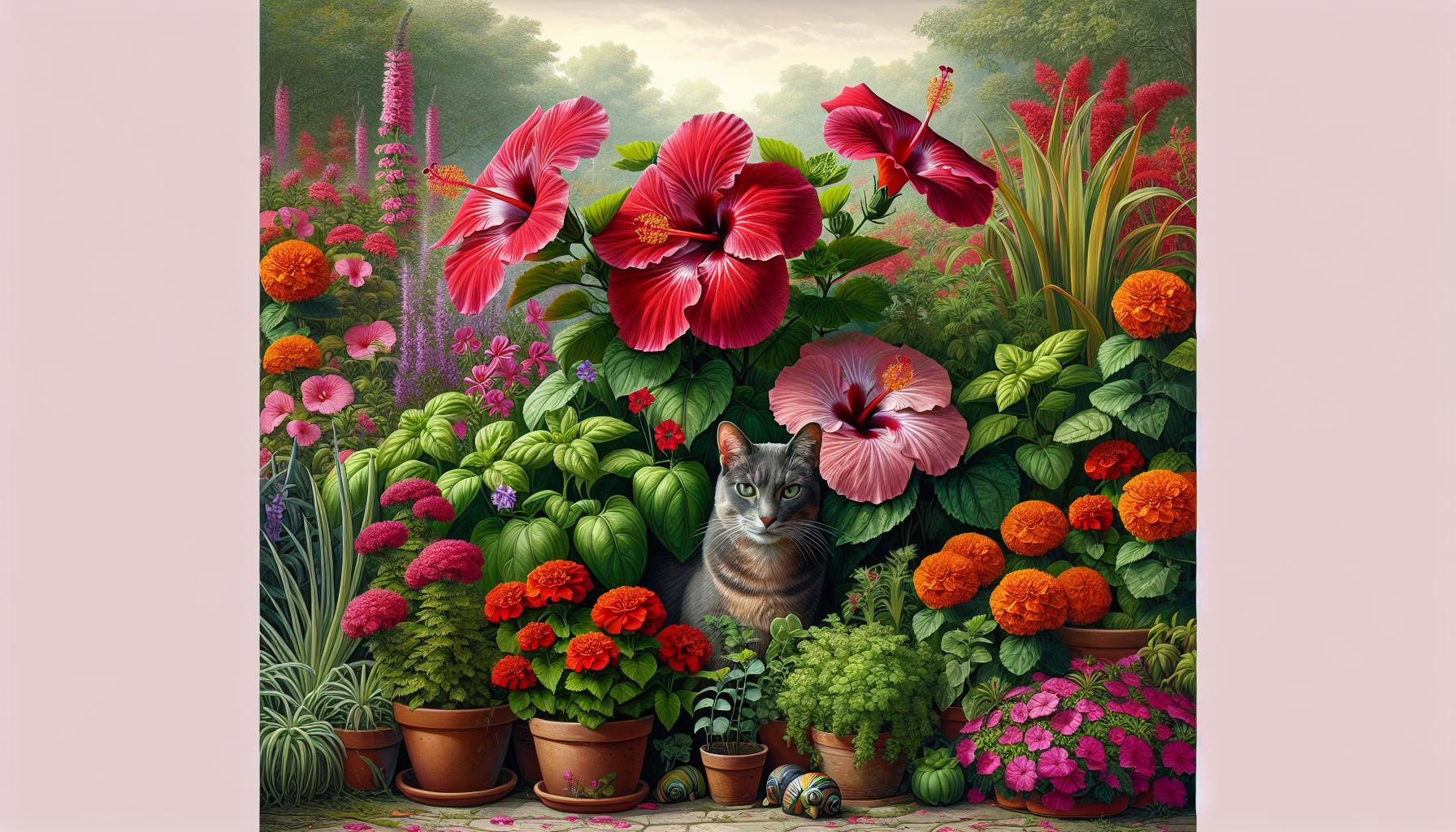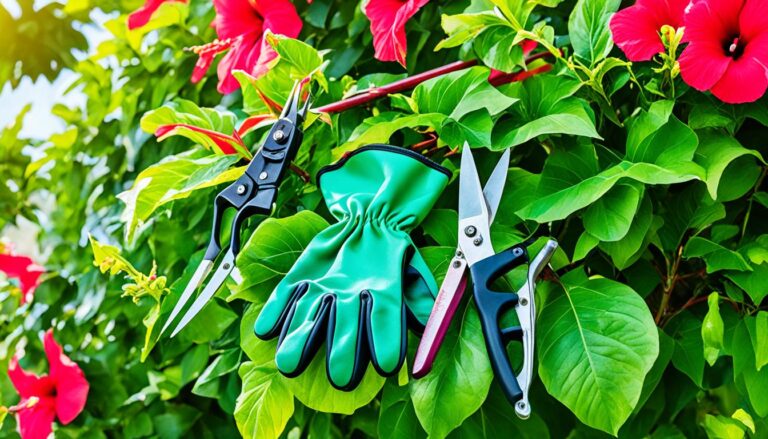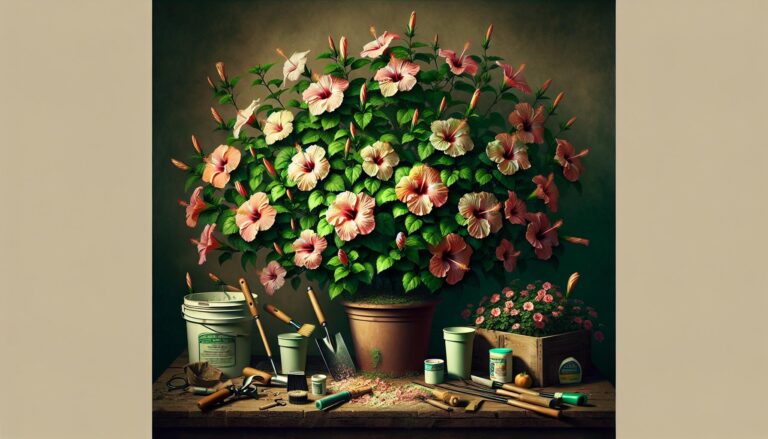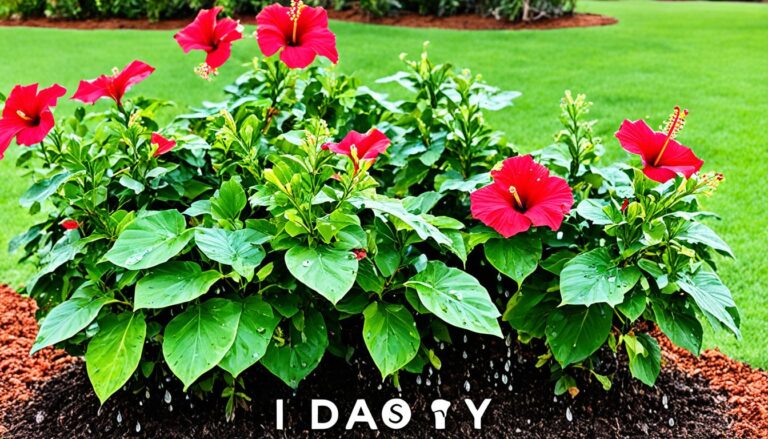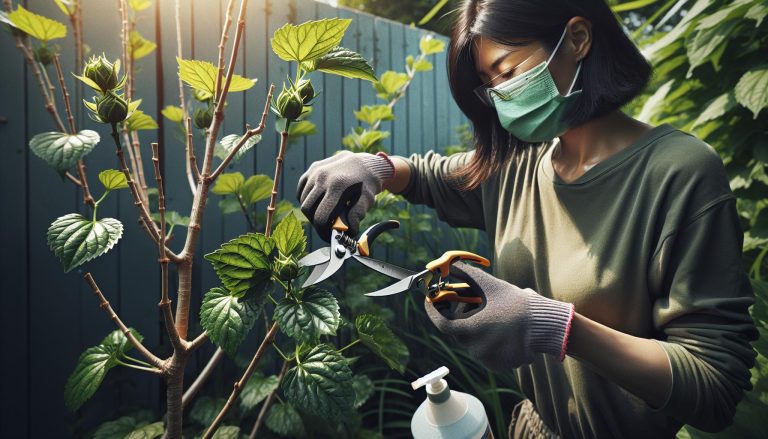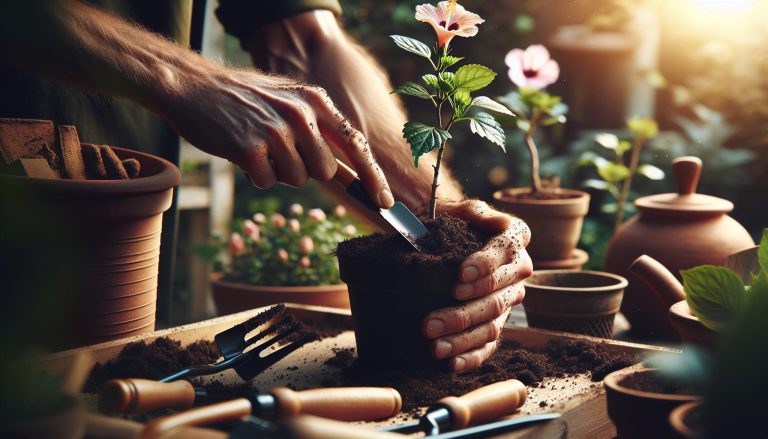Are Hibiscus Poisonous to Cats? Creating a Safe Garden for Your Feline Friend
As a cat owner, I’m always on the lookout for potential hazards to my feline friend. Recently, I noticed my neighbor’s beautiful hibiscus plant and wondered: are hibiscus poisonous to cats? It’s a question that many pet owners might ask, especially if they’re considering adding these vibrant flowers to their garden or home decor.
Hibiscus plants are known for their large, colorful blooms and tropical flair. But when it comes to our furry companions, it’s crucial to understand the potential risks. In this article, I’ll explore the relationship between cats and hibiscus, addressing common concerns and providing expert insights to help you make informed decisions about your pet’s safety.
Understanding Hibiscus Plants
Hibiscus plants are known for their vibrant, showy flowers and tropical appeal. As a gardener, I’ve found these plants to be popular choices for both indoor and outdoor settings. Let’s explore the common varieties and their role in home gardens and landscaping.
Common Varieties of Hibiscus
Hibiscus comes in numerous varieties, each with unique characteristics:
- Tropical Hibiscus (Hibiscus rosa-sinensis):
- Large, colorful flowers
- Blooms in red, pink, orange, yellow, and white
- Ideal for warm climates or as houseplants
- Hardy Hibiscus (Hibiscus moscheutos):
- Native to North America
- Dinner plate-sized flowers
- Cold-hardy and perennial in many regions
- Rose of Sharon (Hibiscus syriacus):
- Shrub-like growth habit
- Smaller flowers than tropical varieties
- Blooms late summer to fall
- Hawaiian Hibiscus (Hibiscus brackenridgei):
- Hawaii’s state flower
- Yellow blooms with red centers
- Grows as a shrub or small tree
- Confederate Rose (Hibiscus mutabilis):
- Flowers change color throughout the day
- Start white in the morning, turn pink by evening
- Can grow as a shrub or small tree
Hibiscus in Home Gardens and Landscaping
Hibiscus plants add a tropical flair to gardens and landscapes. Here’s how to incorporate them:
- Focal points:
- Use large, flowering hibiscus as centerpieces in garden beds
- Plant them near patios or entrances for a welcoming touch
- Container gardening:
- Grow tropical hibiscus in pots for easy relocation
- Bring indoors during colder months in temperate climates
- Hedges and screens:
- Plant Rose of Sharon or hardy hibiscus varieties in rows
- Create privacy screens or natural property dividers
- Butterfly and hummingbird gardens:
- Hibiscus flowers attract pollinators
- Include them in wildlife-friendly garden designs
- Water features:
- Plant hardy hibiscus near ponds or water gardens
- Their large flowers complement aquatic plants
Care tips for hibiscus in gardens:
- Sunlight: Most varieties prefer full sun (6-8 hours daily)
- Soil: Well-draining, slightly acidic soil (pH 6.0-6.5)
- Water: Keep soil consistently moist but not waterlogged
- Fertilizer: Apply balanced, slow-release fertilizer in spring
- Pruning: Trim in early spring to encourage bushy growth
By understanding hibiscus varieties and their landscaping potential, you can create stunning garden displays. Remember to consider your local climate and the specific needs of each variety when planning your garden design.
Toxicity of Hibiscus to Cats

Hibiscus plants, while beautiful, can pose potential risks to cats. Understanding the toxicity levels and symptoms is crucial for cat owners who have these flowers in their homes or gardens.
Are Hibiscus Poisonous to Cats?
Hibiscus plants aren’t considered highly toxic to cats, but they can cause mild to moderate discomfort if ingested. The level of toxicity varies depending on the specific hibiscus species and the amount consumed. Most hibiscus varieties fall into the category of mildly toxic plants for cats.
Potential Health Risks for Felines
When cats nibble on hibiscus plants, they may experience:
- Gastrointestinal upset:
- Vomiting
- Diarrhea
- Nausea
- Oral irritation:
- Drooling
- Pawing at the mouth
- Difficulty swallowing
- Mild lethargy or depression
- Loss of appetite
In rare cases, cats might show signs of:
- Skin irritation (if they come into contact with the plant’s sap)
- Mild respiratory distress (if they inhale pollen or plant particles)
It’s important to note that these symptoms are typically mild and short-lived. However, if your cat shows persistent or severe symptoms after ingesting hibiscus, contact your veterinarian immediately.
To keep your feline friends safe:
- Place hibiscus plants out of reach
- Use deterrent sprays on plants
- Provide cat-friendly plants as alternatives
- Monitor your cat’s outdoor activities
By taking these precautions, you can enjoy the beauty of hibiscus while keeping your cats safe.
Symptoms of Hibiscus Ingestion in Cats
Cats that consume hibiscus plants may exhibit various symptoms. These signs can range from mild to moderate, depending on the amount ingested and the individual cat’s sensitivity. Let’s explore the specific symptoms cats might experience after ingesting hibiscus.
Digestive System Effects
Hibiscus ingestion primarily affects a cat’s digestive system. Common gastrointestinal symptoms include:
- Vomiting: Cats may expel the plant material along with stomach contents.
- Diarrhea: Loose or watery stools can occur within hours of ingestion.
- Loss of appetite: Affected cats might refuse food for a short period.
- Abdominal discomfort: Cats may show signs of stomach pain or discomfort.
- Drooling: Excessive salivation is common due to oral irritation.
These digestive issues typically resolve within 24-48 hours. However, prolonged symptoms warrant a veterinary consultation.
Other Observable Signs
Beyond digestive symptoms, cats may display additional signs after consuming hibiscus:
- Lethargy: Cats might appear less active or unusually tired.
- Oral irritation: Pawing at the mouth or reluctance to eat due to discomfort.
- Mild depression: Cats may seem less interested in their surroundings.
- Increased water intake: Some cats drink more to alleviate oral irritation.
- Skin irritation: In rare cases, contact with hibiscus sap can cause mild skin reactions.
While these symptoms are generally mild, they can be distressing for both cats and their owners. It’s crucial to monitor your cat closely if you suspect hibiscus ingestion and consult a veterinarian if symptoms persist or worsen.
What to Do If Your Cat Eats Hibiscus
If you suspect your cat has eaten hibiscus, it’s crucial to act quickly and calmly. Here’s what you need to know about immediate actions and when to seek professional help.
Immediate Actions to Take
- Remove remaining plant material: Clear any hibiscus parts from your cat’s mouth and surrounding area.
- Observe symptoms: Watch for signs like vomiting, diarrhea, or excessive drooling.
- Provide fresh water: Encourage your cat to drink to help flush out toxins.
- Collect evidence: Save any plant parts your cat may have eaten for identification.
- Clean affected areas: Wipe your cat’s face and paws to remove any plant residue.
- Monitor closely: Keep a watchful eye on your cat’s behavior and physical condition.
- Persistent symptoms: Seek help if vomiting or diarrhea lasts more than 24 hours.
- Lethargy or weakness: Contact a vet if your cat becomes unusually tired or weak.
- Difficulty breathing: Immediate veterinary attention is necessary for respiratory issues.
- Loss of appetite: Consult a professional if your cat refuses food for more than a day.
- Severe reactions: Seek emergency care for seizures, collapse, or extreme discomfort.
- Uncertainty: When in doubt, always err on the side of caution and contact your vet.
Keeping Cats Safe Around Hibiscus Plants
Creating a safe environment for cats while enjoying hibiscus plants requires careful planning and awareness. Here’s how to balance your love for both:
Creating a Cat-Friendly Garden
To create a cat-friendly garden with hibiscus:
- Place hibiscus plants strategically:
- Use elevated planters or hanging baskets
- Create physical barriers with fencing or netting
- Surround hibiscus with cat-repellent plants like rosemary or lavender
- Provide distractions:
- Install cat-friendly areas with catnip or cat grass
- Set up scratching posts or climbing structures
- Create cozy resting spots away from hibiscus
- Use deterrents:
- Apply pet-safe repellent sprays around hibiscus plants
- Place citrus peels or coffee grounds at the base of plants
- Use motion-activated sprinklers to discourage cats
- Supervise outdoor time:
- Monitor your cat’s activities in the garden
- Train your cat to avoid hibiscus plants
- Limit unsupervised outdoor access
Alternative Pet-Safe Plants
Replace or complement hibiscus with these cat-safe alternatives:
- Flowering plants:
- Marigolds
- Petunias
- Zinnias
- Sunflowers
- Foliage plants:
- Spider plants
- Boston ferns
- Areca palms
- African violets
- Herbs:
- Basil
- Thyme
- Sage
- Mint
- Succulents:
- Echeveria
- Haworthia
- Burro’s tail
- Christmas cactus
These plants offer vibrant colors and textures without posing risks to cats. Incorporate them into your garden design to create a diverse, pet-friendly landscape.
Conclusion
While hibiscus plants aren’t severely toxic to cats they can cause discomfort if ingested. By taking precautions like strategic placement and using deterrents we can create a safe environment for our feline friends. I’ve shared tips on coexisting with hibiscus and suggested pet-friendly alternatives to enhance your garden. Remember it’s all about balance – with some thoughtful planning you can enjoy beautiful blooms and keep your cats safe. Always consult your vet if you suspect your cat has eaten any unfamiliar plants.

